BIRCHANGER
St. Mary's Church
When Augustine arrived in Canterbury in 597 A.D., the Celtic Church was flourishing in a huge arc alongside Anglo-Saxondom. From 397 A.D., the church in Britain had developed on the monastic pattern, which meant that as these centres spread, the land become the fertile soil which absorbed new cultures, hostile or friendly, to the continuous enrichment of the developing community. Hence the Anglo-Saxon churches combine echoes of the Roman colonial style with a fusion of the Celtic tall, aisleless nave leading to a square-ended chancel, and the Basilican plan introduced to Kent by Augustine.
St Mary's Church, Birchanger, is one of the 250 Anglo-Saxon or part Anglo-Saxon churches that survive in Britain. It is built of flint rubble with dressings of limestone and clunch and dates from the Saxo-Norman period (1000 to 1199). Birchanger, like Henham, may have had some kind of pre-conquest church. Owing, however, to the Normal habit of making a clean sweep and starting afresh with a different variant to of continental Romanesque, what preceded St Mary's at Birchanger must be left to modern archaeology to surmise.
NORMAN PERIOD - 12TH CENTURY SOUTH DOORWAY discovered about 1930, this door is now blocked. Its internal arch has been raised in order to create room for the staircase to the organ gallery. Though similar in decoration to the West doorway, it has in addition foliage scrolls along the arch. This door also has a quite unique feature for Essex, a small carving high up in the tympanum depicting The Lamb of God, with cross and flag of victory.
TWENTIETH CENTURY WROUGHT-IRON GATE - The gate to the organ gallery was designed and made by Laurence Love of Bishop's Stortford in 1972.
LYCH-GATE - Built by Frank Levey of Birchanger, and dedicated by the Bishop of Colchester on 2nd September 1956.
GOODS AND ORNAMENTS
PLATE included a very fine Elizabethan chalice cup of 1567 described as a silver parcel-gilt chalice. It measures 7.5" in height, 4.5" in diameter (bowl) and weights 12 ozs. It was first mentioned in the church records in August 1686 and is lodged in the bank. More details can be supplied on request.
A LIST OF RECTORS hangs on the North wall above the font and begins with John de Halinade in 1349. Note the French names until after the time of Edward the First, evidence of connections with France. (See leaflet "Birchanger in Antiquity").
A modern BRASS on the South wall is interesting as being the first brass to depict a soldier in modern khaki uniform. It is to Jack Watney, a lad of 19 who fell in South Africa in 1901. Recently some interest has been shown in this memorial and research has brought to light the circumstances of Jack Watney's death. For more information, please contact the Rector.
The REREDOS and HOLY TABLE are in carved oak, and were installed during 1901.
The ORGAN is a French 3-manual built by Auguste Gern for a special West gallery built during the restorations in 1898. This work was carried out under the direction of Mr. Harrison of Birchanger Place (the area now renamed Harrisons), who was also organist and in charge of the Choir. Gern was a foreman of the Paris firm of Aristide Cavaille Coll (1815-1899) and whilst superintending many of the firm's organs in England he undertook a number for private patrons. The organ at Birchanger is possibly unique in that its mechanism and parts have not been replaced since it was installed in 1898.
CHURCH HALL
On May 28th, 1934, at a PCC Meeting, the Rev B J Meeres, Rector (1931-6) proposed the building of a church hall. A subsequent meeting in September decided to accept an estimate of œ600 for its erection, which took place the following year. It is situated across the road to the North East of the Old Rectory on land given to the Church by the Harrison family of Birchanger Place The Font - late 15th Century
BIRCHANGER IN ANTIQUITY
The name Birchanger or Bicangra is listed in the Domesday Survey of 1086 under the Hundred of Uttlesford with Takely and Stansted. The village takes its name from the birch-covered wooded slope, upon which the Parish Church of St. Mary stands.
The ancient churches of Britain were frequently built on sites previously used for pagan worship and often on, or close to, prehistoric trackways. An Ordnance Survey map reveals how footpaths still in use tend to converge on the site of the church in Birchanger, which also occupies one of the highest points in the immediate district.
That some kind of settlement existed in Birchanger in 1086 is clear from the Domesday Survey, which reads "Bicangra was held by Horolf in the time of King Edward (the Confessor) 1046. Now Tascalin the priest holds it in almone of the King...There is woodlands for 20 swine, 5 acres of meadow and 1 mill."
Another entry gives its extent as "2 hides (240 acres) and 1 manor".
From further surveys made between 1133 and 1399, the ownership of the Manor House can be deduced. This ancient building, known to have been located near the existing church, had at the survey of 1086, been given to the abbey of Saint Valery, Picardy. This abbey had a small priory, founded in the reign of Henry 1 at Takeley as a branch of their house, and the prior who resided in it was the Procurator General of Saint Valery Abbey and Collector of all their lands in England. The Manor of Saint Valery, as it was properly known, was often commonly referred to as Varish Hall.
Visitors to St. Mary's church may see evidence of these early connections with France by inspecting the list of Rectors which can be found on the North wall at its Western end. Note the French names until after Edward I.
The Manor of Birchanger was confirmed as a monastery by Henry II but was seized by Edward III during his wars with France. It remained in the possession of the Crown until 1391 when it was granted to William of Wykeham for the endowment of New College, Oxford, which still has the advowson of the Rectory. The arms of New College, which was founded in 1379, are carved on the exterior of the West wall of the present Rectory house, and also appear in a leaded-glass pane of the dining room window.
The other monastic houses are recorded as being within, or having land in the hamlet of Birchanger in early times. One is the hospital of St. Mary and St. Leonard, founded by Richard, son of Serle of Newport in the reign of King John (1199-1216) for a master and two Chaplains under the jurisdiction of the Dean of St. Martin's, London. The other is Thremhall Priory. (For more details see Victoria Country History of Essex, Vol. 2 pps 163-199).
The parish church of St. Mary's was built during the Saxo-Norman period (1000-1199). The present structure was altered and rebuilt substantially and provides examples of architectural styles from Norman to present day. Much of the development has unfortunately been obscured by modern restoration, but had this not been carried out in the past 150 years, it is unlikely that the fabric would have survived. A detailed account of the church's structure and a guide plan will be found in a separate leaflet available in the church.
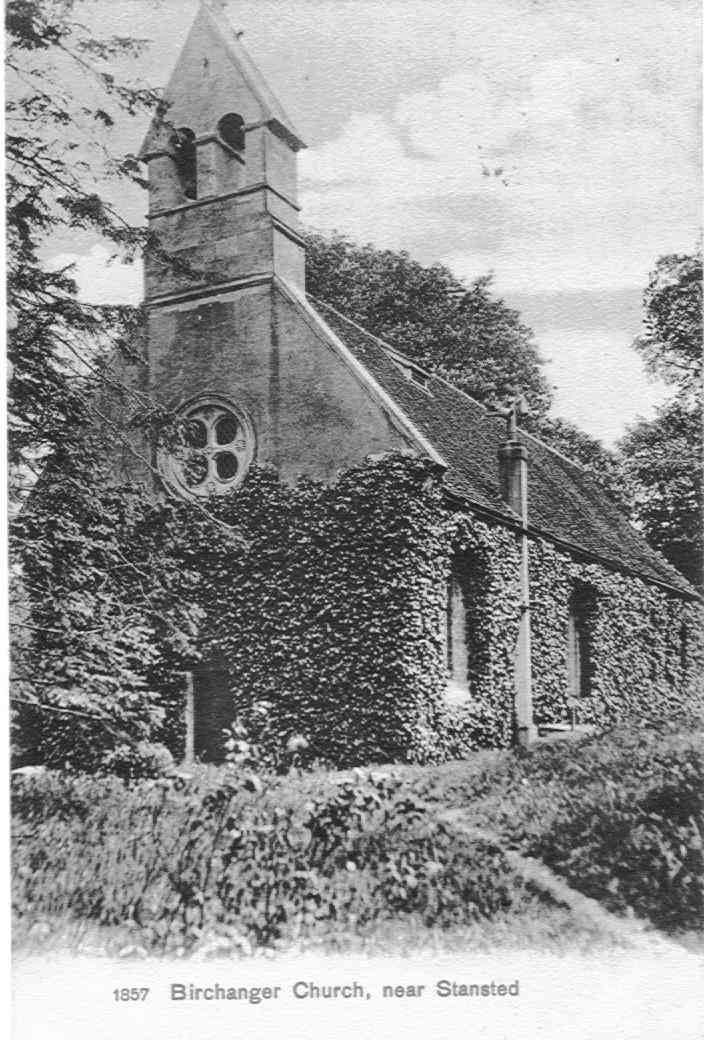
Early Photograph from a postcard of St Mary's Church
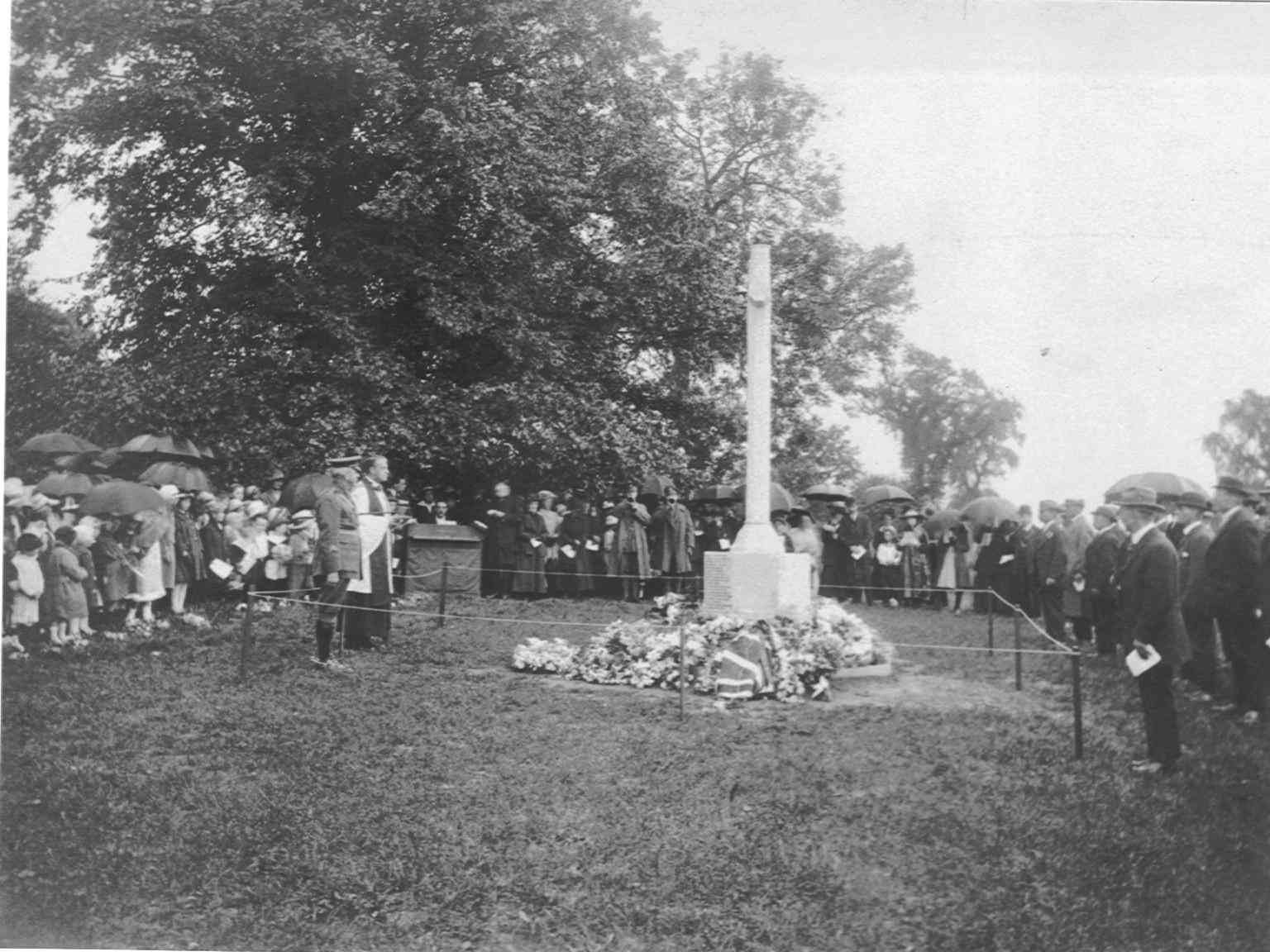
Remembrance Sunday 19??
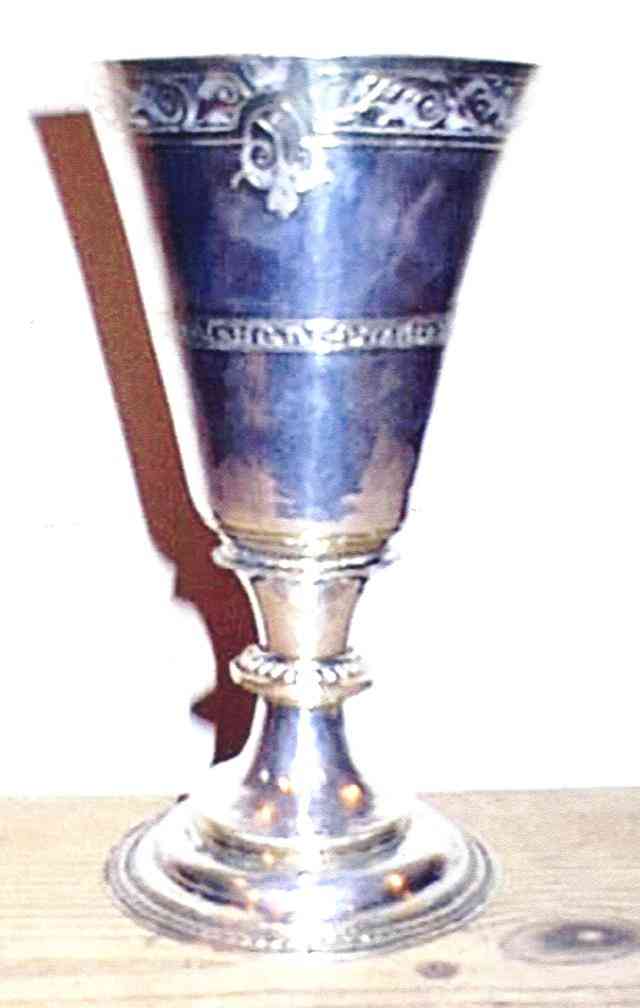
St Mary's Silver Chalice, dated 1567, is retained for Safety in Oxford
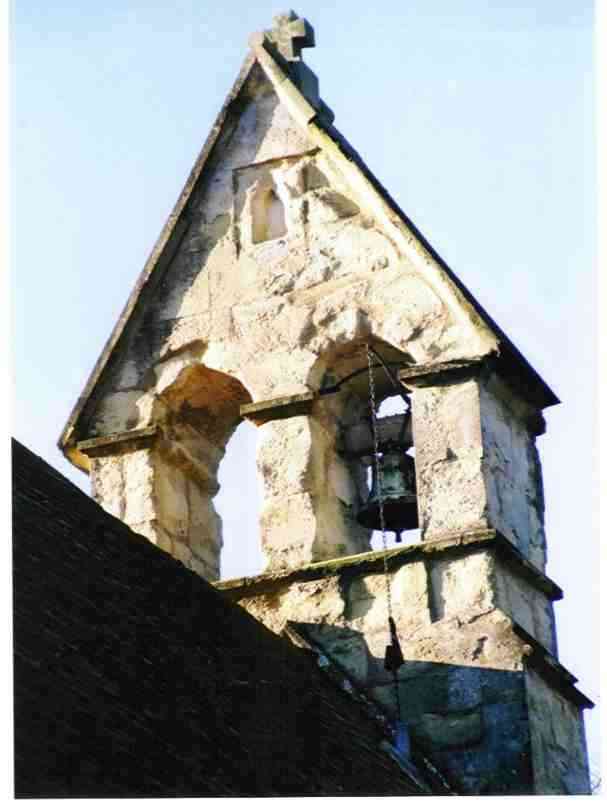
Winter 2003

Winter 2003

Winter 2003
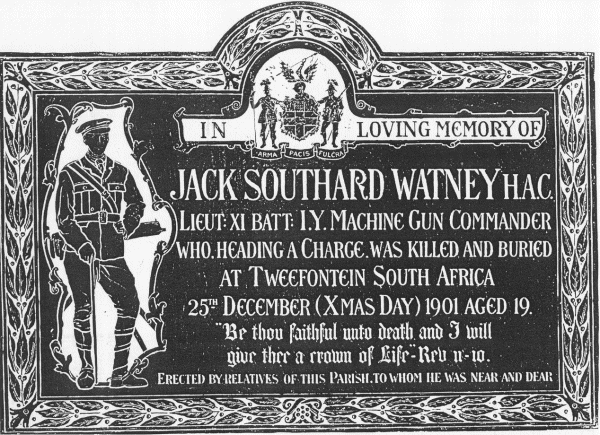
One of the many interesting plaques in St Mary's
WATNEY - Lieutenant Jack Southard - Volunteer Co. King's Royal Rifle Corps. Killed in action at Tweefontein, 25th December 1901, serving with 11th Battalion, Imperial Yeomanry. Aged 19. Son of Ernest and Hattie Watney. Born March 1882. He was buried near the battlefield, but his remains were moved to Harrismith cemetery in 1958-1959
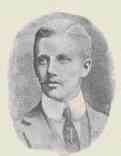 Jack Southard Watney. For details of the action in which this brave man was killed Click Here.
Jack Southard Watney. For details of the action in which this brave man was killed Click Here.

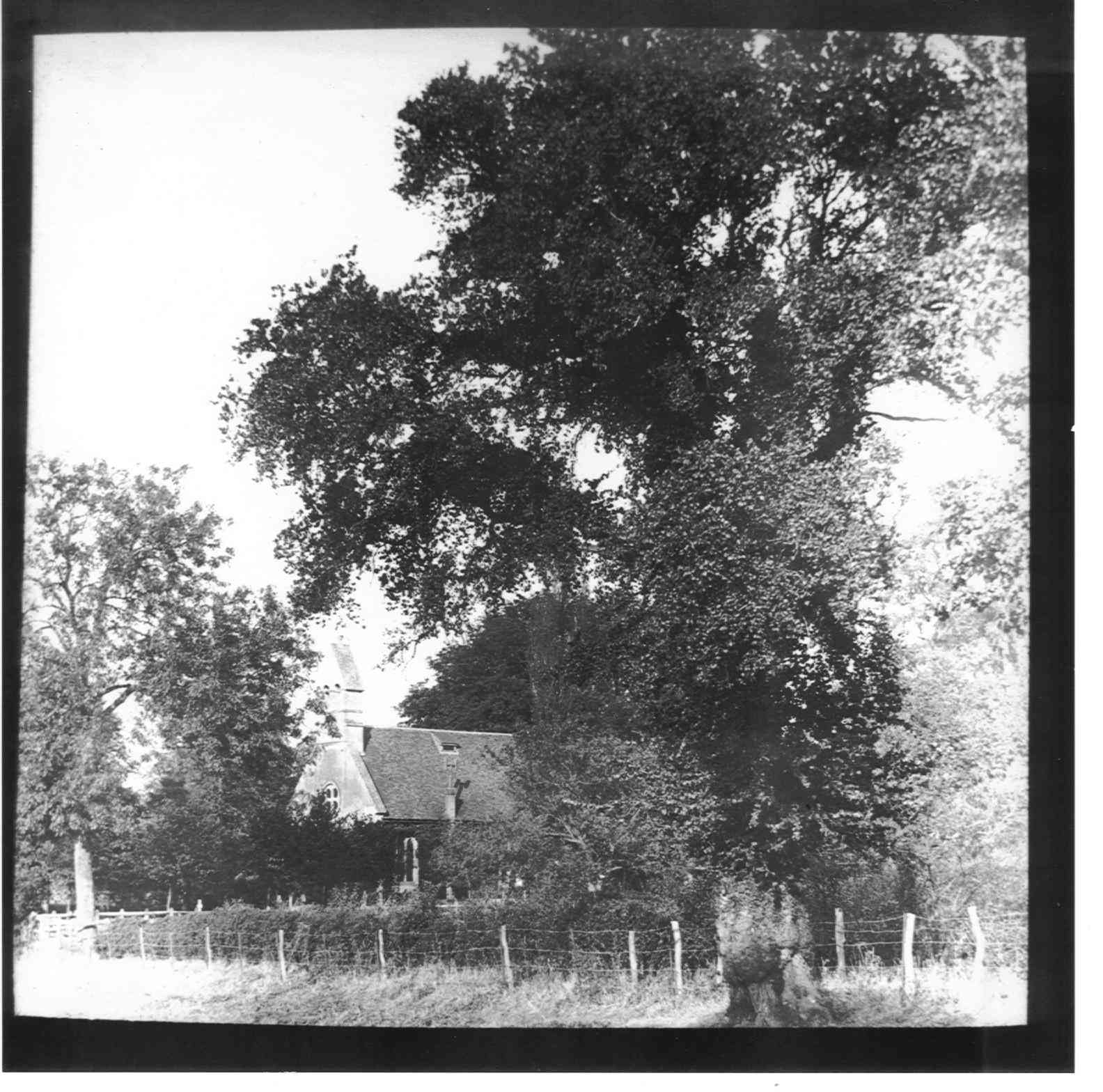







 Jack Southard Watney. For details of the action in which this brave man was killed Click Here.
Jack Southard Watney. For details of the action in which this brave man was killed Click Here.